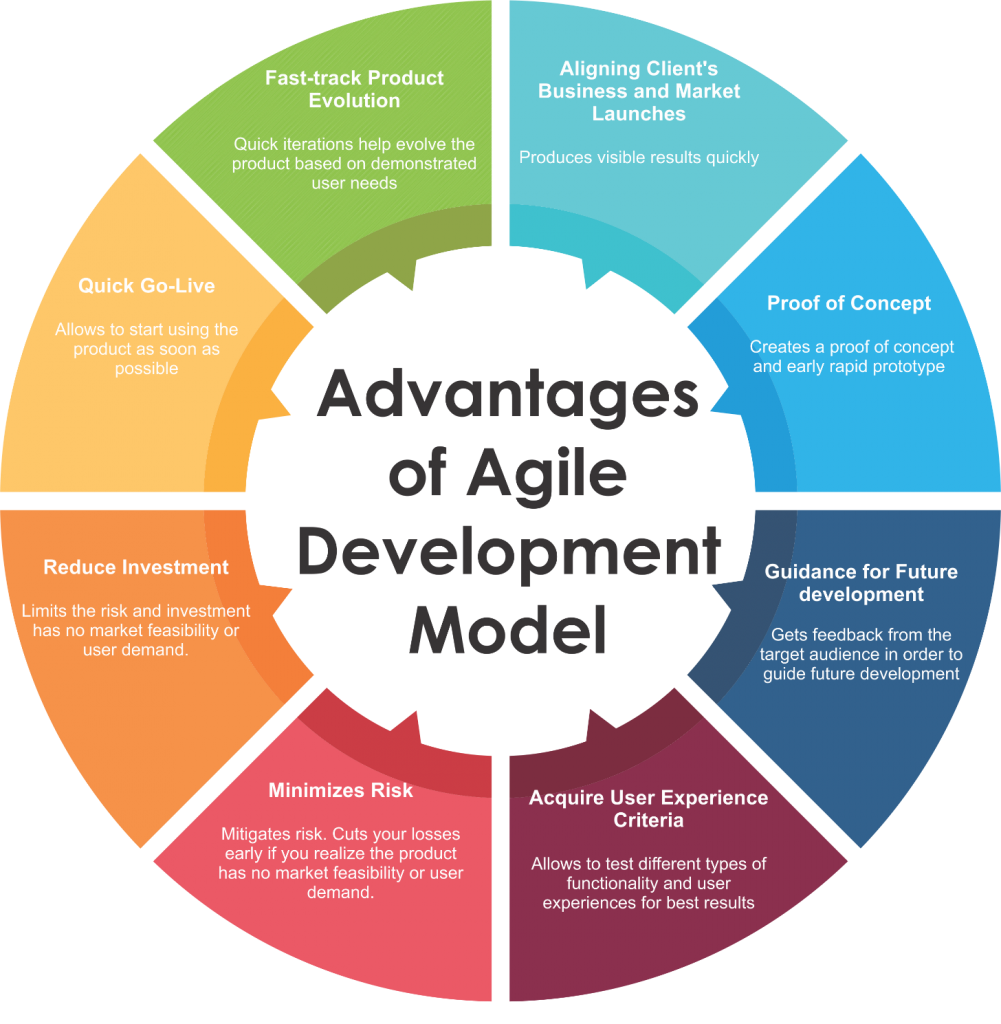Best Practices to Scale Agile
Knowing the best practices of Agile and its basic tenets is the first step to being able to employ Agile methodologies on a larger scale.
Join the DZone community and get the full member experience.
Join For FreeAgile Software Development
It's a wide term for a set of methods and practices based on the values and principles expressed in the Agile Manifesto.
Based on priority, solutions evolve through collaboration between cross-functional, self-organizing teams utilizing the required practices.
The majority of organizations do have a basic idea about agile software and its implementation benefits. Increasingly the challenge we see moving through 2017 and into 2018 is how to scale Agile beyond the just initial point to maximum potential.

Reasons for Choosing Agile
Organizations choose agile so they can respond quickly to changes in the marketplace or feedback from customers without derailing a year's worth of plans. A shared vision and coordination between agile teams, then, brings it to life the way they know is best. Our own standards for quality, usability, and completeness is been set by teams.
Traditional vs. Agile for Software Development
Waterfall, or traditional project plans, are often developed in advance based on the best information available at the time. In order to reduce the risk of the unknown, the team lays out the entire project and assigns all of the work so nothing is forgotten. This results in a highly detailed plan, often scheduled down to the hour, stretching sometimes six months to a year out into the future.
In the case of agile development, it is addressed carefully at multiple times. At the high level, it is a release plan which highlights what functionality the team is planning to deliver for the next several iterations. Agile project plans are organized into 2-4 weeks in length. During those iterations, all of the necessary work to take features from an idea to a working product is completed without artificial dependencies.
Some Agile Practices Include:
Customer Cooperation
Agile should always remind the customer what will be done and what customers are expected during the sprint. Teams are communicated constantly so as to improve the quality of the product and to achieve customer satisfaction.
Iterative Development
For Agile-based teams, the amount of work possible to be done is selected on the basis of the available hour’s team. Simultaneously, the team decides what it is able to do based on their capabilities and experience from the previous iteration.
Note: Iteration is the generic agile term for a single development cycle. Sprint is Scrum specific, hence Sprint is an iteration but not all forms of Iterations are Sprints.
Time-Based
The duration of the sprint is stiff and takes place within a specified timeframe, which ranges from two weeks to a month. SCRUM meetings, which last about 10-15 minutes each day, are also stiff in nature. As the project progresses, the cone of uncertainty narrows and the team gets a more accurate estimate of the amount of remaining work on the Product Backlog
Value Stream Analysis
This is done on two principles. First, define the product based on user stories, which are based on his analysis of the business. Then define dependencies between the business and technical functionality.

User Stories
Functionality is described and defined and communicated to the client and the product description is defined in a specific way. They contain mostly three main sections: description, acceptance criteria, and estimation of the time, based on complexity. If the User Stories are too complex, they are broken up into smaller pieces, so as a whole would be processed within a few sprints.
Scrum Meetings
Short morning meetings are held, lasting about 10 minutes. The whole team is present and led by the Scrum Master. In this meeting, three main issues are addressed: to remember what was done yesterday, to define the goals for today, and check to see if there are any obstacles to peaceful work. Additionally, in the case when you program in pairs, we need to define who is who in the hand.
TL:dr
By implementing Agile improves organization productivity, engagement also helps to avoid conflict with teams. Many organizations adopting agile practices are seeing an increase in productivity and customer retention.
Do share your opinion!
Opinions expressed by DZone contributors are their own.

Comments